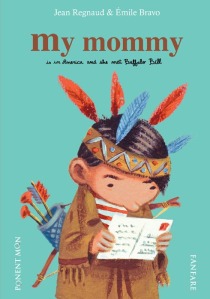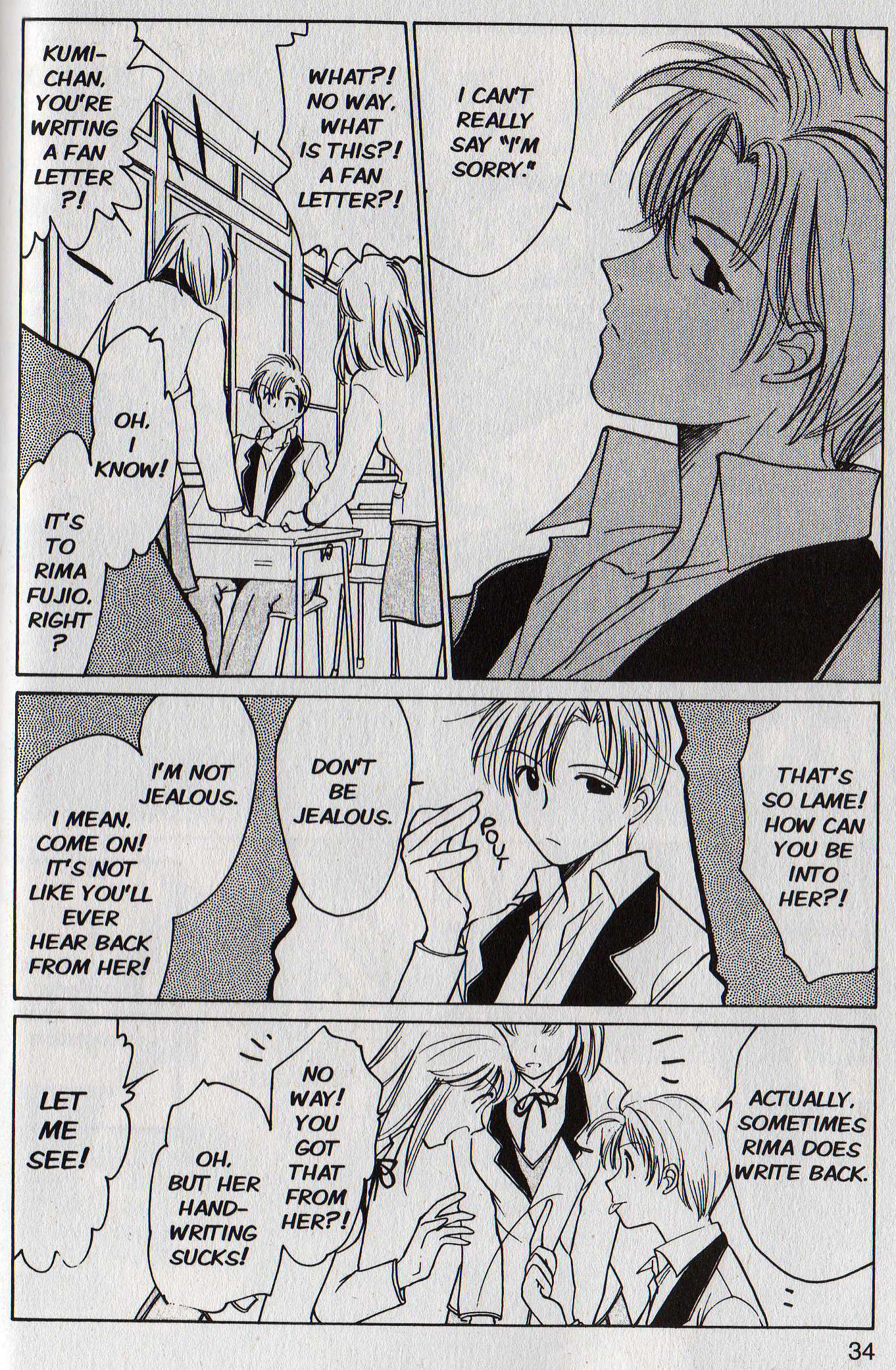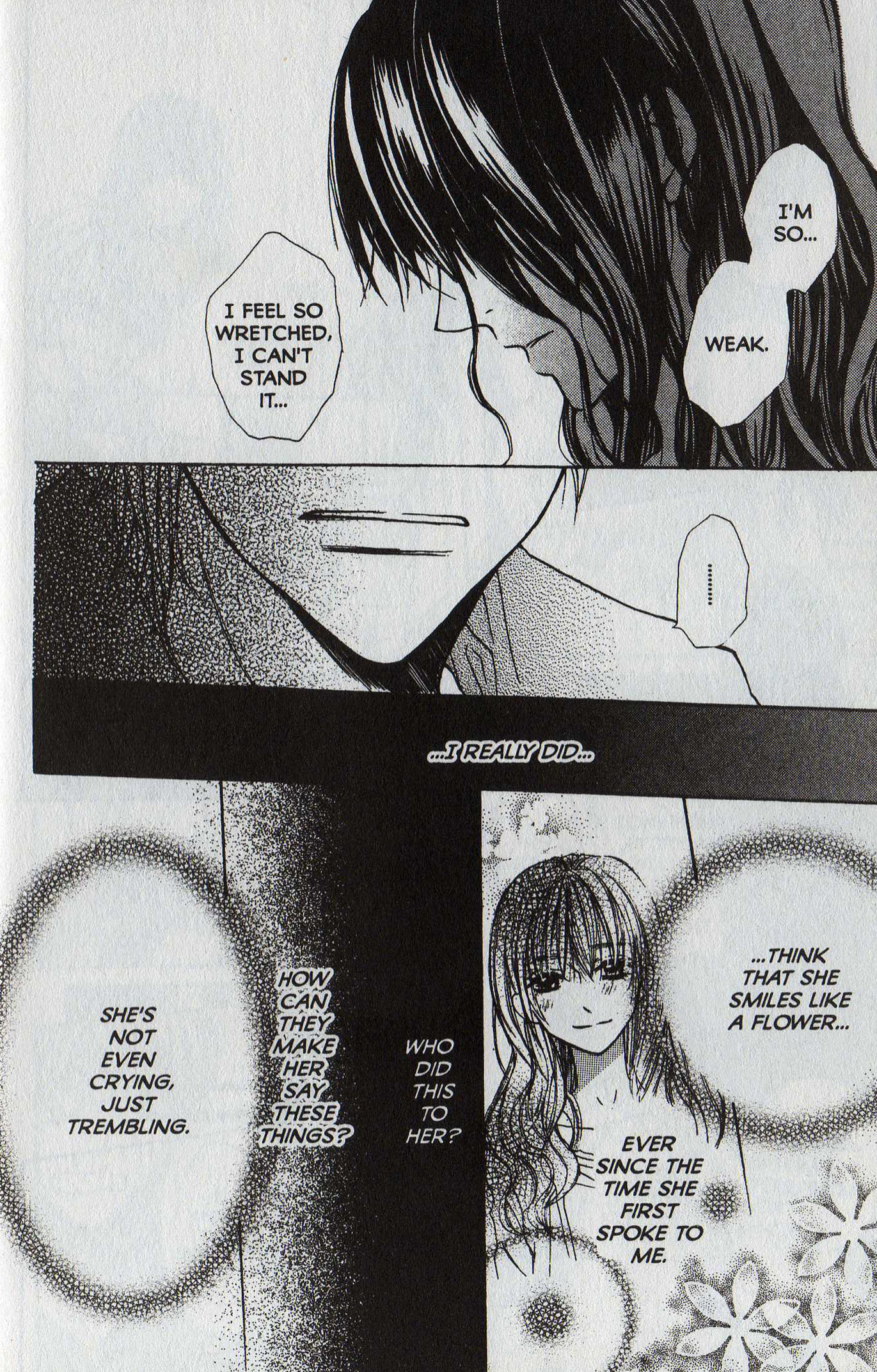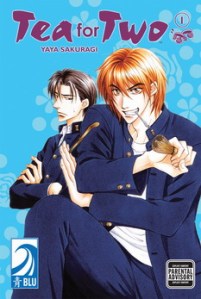 I had a great time participating in Melinda Beasi’s Gerard & Jacques roundtable over at Manga Bookshelf. It’s always a pleasure chatting with some of my favorite manga bloggers about work by one of the most interesting creators out there, even if this isn’t one of my favorites of Fumi Yoshinaga’s works. (Manga Bookshelf has devoted the entire week to Yoshinaga, which has resulted in some great reading.)
I had a great time participating in Melinda Beasi’s Gerard & Jacques roundtable over at Manga Bookshelf. It’s always a pleasure chatting with some of my favorite manga bloggers about work by one of the most interesting creators out there, even if this isn’t one of my favorites of Fumi Yoshinaga’s works. (Manga Bookshelf has devoted the entire week to Yoshinaga, which has resulted in some great reading.)
I keep meaning to do a post on yaoi and boys’-love titles that gay guys might like. I don’t think I’d put Gerard & Jacques on that list, though there’s other Yoshinaga manga that would be right up near the top. First place would obviously belong to Saika Kunieda’s Future Lovers (Deux), but that’s about as concrete as my thinking is on the list so far. That’s because I’m lazy and easily distracted. I’ll get around to it someday, though.




 Tokumaru is a clumsy jock type. His sister reaches the breaking point with the breakage and insists he join their school’s tea ceremony club to “learn composure and grace if it kills [him]!” The club is run by stoic, dignified Hasune, who may have taken composure a little too far. Nobody who’s read a single chapter of a single yaoi title will be shocked to hear that these very different young men find themselves falling for each other, but Sakuragi does a nice job selling the notion that Tokumaru and Hasune are surprised, and pleasantly so.
Tokumaru is a clumsy jock type. His sister reaches the breaking point with the breakage and insists he join their school’s tea ceremony club to “learn composure and grace if it kills [him]!” The club is run by stoic, dignified Hasune, who may have taken composure a little too far. Nobody who’s read a single chapter of a single yaoi title will be shocked to hear that these very different young men find themselves falling for each other, but Sakuragi does a nice job selling the notion that Tokumaru and Hasune are surprised, and pleasantly so.